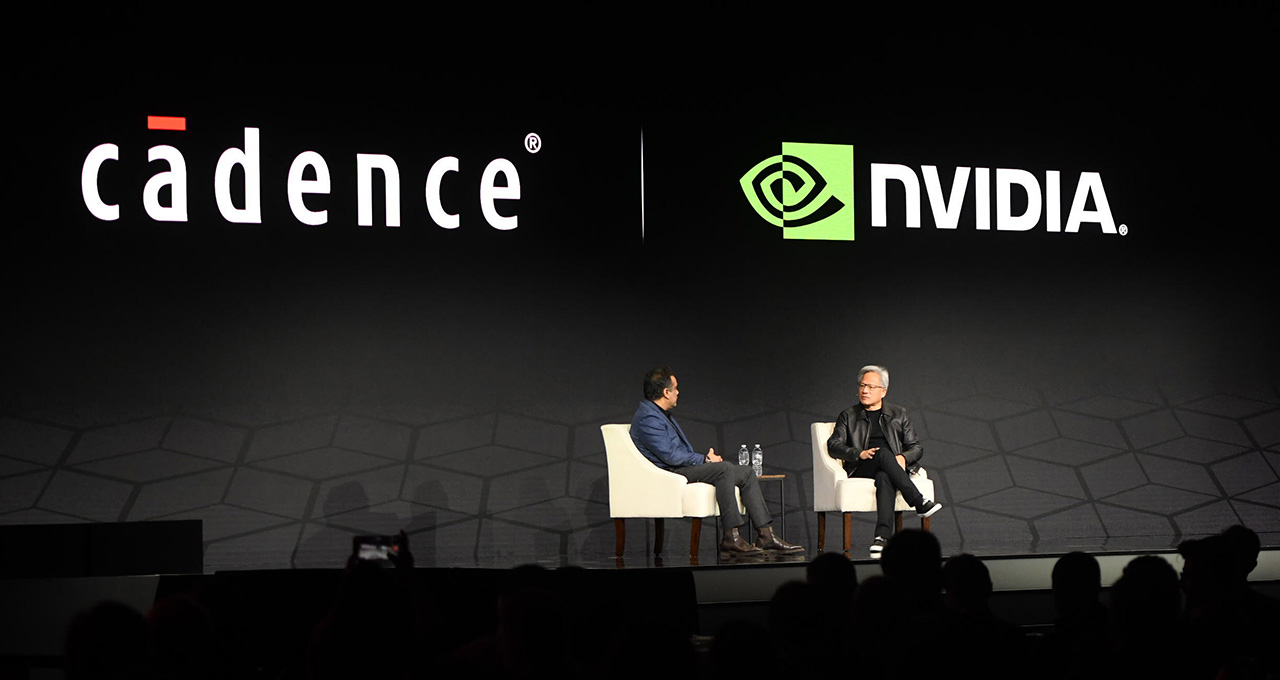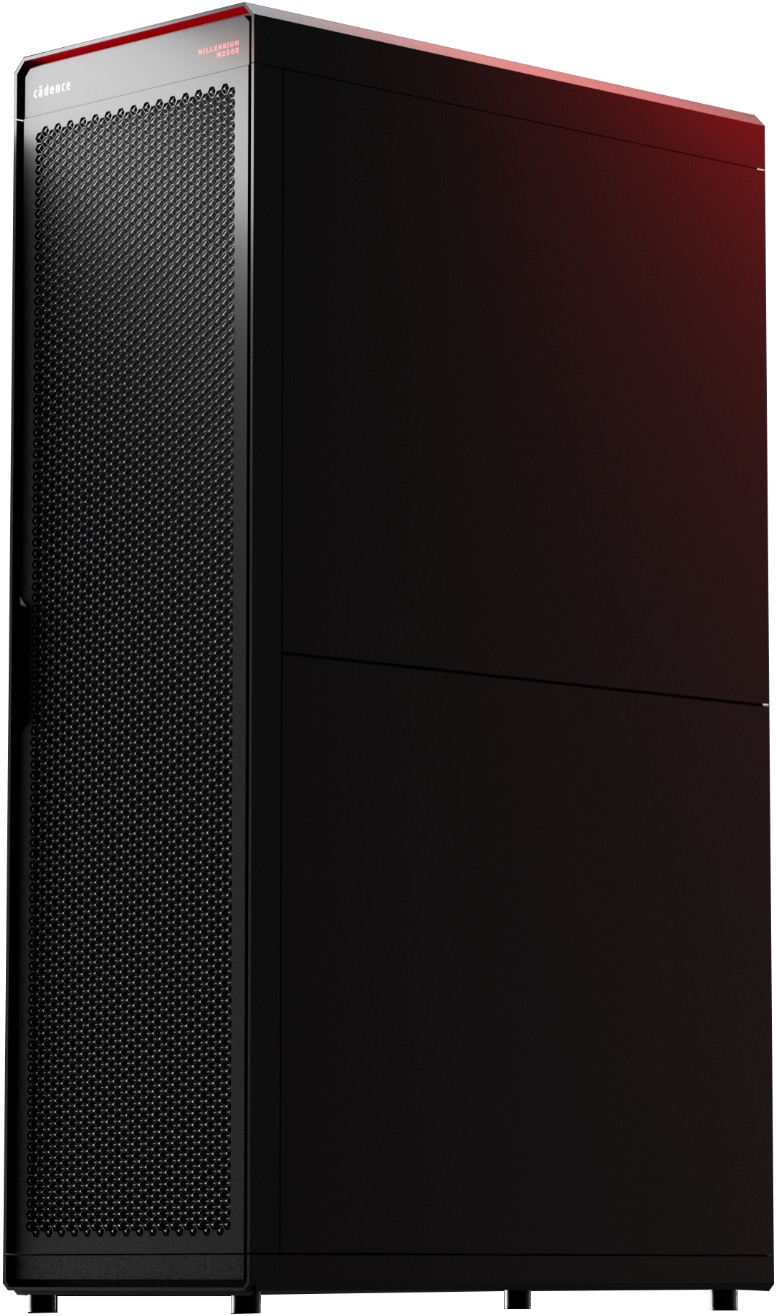With a new supercomputer offered by Cadence, a leading provider of technology for electronic design automation, engineers and scientists are poised for major acceleration in their work. The Millennium M2000 Supercomputer is designed to support a suite of engineering design and life sciences applications, significantly sped up by NVIDIA Blackwell systems and NVIDIA CUDA-X software libraries.
Available for cloud and on-premises deployment, the Millennium M2000 features NVIDIA HGX B200 systems and NVIDIA RTX PRO 6000 Blackwell Server Edition GPUs. This powerful combination, paired with optimized software, delivers an impressive performance increase of up to 80x compared to its CPU-based predecessor for electronic design automation, system design, and life sciences workloads.
This leap in computational power allows engineers to run massive simulations, driving breakthroughs in the design and development of diverse areas like autonomous machines, drug molecules, semiconductors, and data centers.

Anirudh Devgan, president and CEO of Cadence, and NVIDIA founder and CEO Jensen Huang discussed the collaboration onstage at CadenceLIVE in Santa Clara, California.
“This is years in the making,” Devgan said during the conversation with Huang. “It’s a combination of advancement on the hardware and system side by NVIDIA — and then, of course, we have to rewrite our software to take advantage of that.”
The leaders discussed how NVIDIA and Cadence are working together on AI factories, digital twins, and agentic AI. Huang highlighted the necessity of “AI factories” as AI integrates into every aspect of business and product development.
Huang also announced NVIDIA’s plan to purchase 10 Millennium Supercomputer systems, based on the NVIDIA GB200 NVL72 platform, to accelerate the company’s own chip design workflows. “This is a big deal for us,” he stated.
Enabling Intelligent Design Across Industries

The Millennium Supercomputer leverages accelerated software from both NVIDIA and Cadence for various applications including circuit simulation, computational fluid dynamics, data center design, and molecular design.
With the supercomputer’s optimized hardware and AI software, engineers and researchers can create more complex, detailed simulations. This delivers more accurate insights, enabling faster silicon, systems, and drug development.
This collaboration tackles key design challenges with diverse applications. For instance, it supports simulating thermal dynamics for chip design, fluid dynamics for aerospace applications, and molecular dynamics for pharmaceutical research.
NVIDIA engineering teams utilized Cadence Palladium emulation platforms and Protium prototyping platforms during the design verification and chip bring-up workflows for the development of NVIDIA Blackwell.
Cadence demonstrated the power of the collaboration by using NVIDIA Grace Blackwell-accelerated systems to calculate the fluid dynamics of an aircraft taking off and landing. Using NVIDIA GB200 Grace Blackwell Superchips and the Cadence Fidelity CFD Platform, highly complex simulations that previously took several days on a CPU cluster could be completed in under 24 hours.

Cadence also used NVIDIA Omniverse application programming interfaces to visualize these intricate fluid dynamics.
The company has integrated NVIDIA BioNeMo NIM microservices into Orion, Cadence’s molecular design platform, and NVIDIA Llama Nemotron reasoning models into the Cadence JedAI Platform.
Cadence has also adopted the NVIDIA Omniverse Blueprint for AI factory digital twins. Connected to the Cadence Reality Digital Twin Platform, this blueprint allows engineering teams to perform physically based simulations to test and optimize aspects like power, cooling, and networking for an AI factory before construction begins. These capabilities enable faster configuration decisions and help future-proof the next generation of AI factories.

Leave a Reply